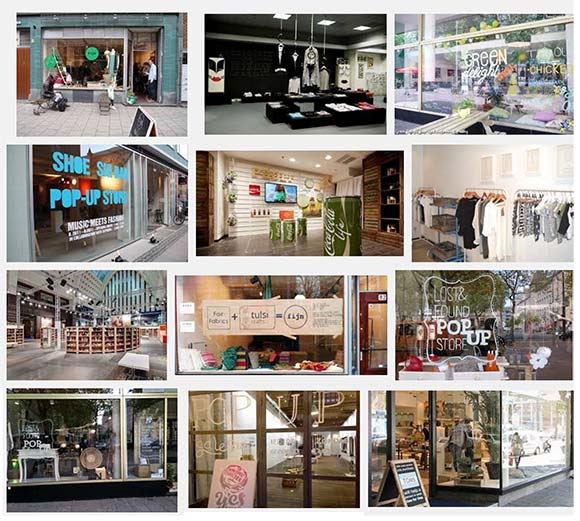In the sixth year of the global economic crisis some interesting shifts have become visible in the architecture world. The stream of great iconic buildings (designed by the likes of Zaha Hadid, Jean Nouvel, OMA, Foster, etc.) commissioned by commercial developers has lost momentum. Prestigious projects that were the architectural contribution to the globally accelerating construction economy have stalled. Buildings that had no real bearing either on functional or cultural needs but rather worked as a businessmodel, connecting to global capital flows and serving the global competition between cities, have been cancelled—at least for now.
In contrast to this stalemate, other types of practice have become increasingly popular as the crisis continues. These approaches are the opposite of their foregoers in all respects. Characterized by small-scale projects that have originated from a direct need, their architecture is both bottom-up organized and cheap. They range from collective housing blocks to urban agriculture, (many) public space projects, to a variety of temporary self-built structures. Offices like Urban Think Tank, Teddy Cruz, Atelier Bow Wow, ZUS and countless lesser known collectives and ad hoc groups are creating a boom in small-scale bottom-up projects worldwide. It has become an international movement that not only celebrates successes at biennales and related professional world events, but one that has also completed many concrete projects. And the movement is still growing. These context-specific acupuncture projects challenge the public, bureaucratic planning institutions as well as icon-driven starchitecture. As the product of designers together with residents and local businesses, their democratic content is higher and more direct than that of the previous generation of urban projects that were determined by large commercial interests and global trends which largely evade democratic control.

The crisis is responsible for the boom in bottom-up projects in so far as the collapse of the construction economy has created space, literally and figuratively: a lack of building not only created the locations, but also increased governments’ and companies’ willingness to tolerate bottom-up projects. But there is a snake in the grass: starting out as a counter-movement, these projects are now embraced by governments and businesses as the ideal, cheap instrument to create value as long as ‘business as usual’ remains impossible. Temporary parks are welcomed as “place making”, and provide wastelands with a valuable new identity; artists’ projects in derelict neighborhoods provide an attractive narrative; guerilla stores and pop-up bars create a positive image and are stimulated as the first stepping stone towards commercial development. Many temporary projects are embraced by institutional partners and there is an actual industry emerging of temporality, pop-up, participatory planning and crowdsourcing which is used by and for the institutional parties directly, without any ambition to achieve a greater goal.
In this sense, the DIY and self-organization movement risks to lose its critical potential. The projects are inexpensive, often temporary, and therefore harmless. Their contagious energy is ideally constructed for potential abusers. Not only is the bottom-up method now extensively promoted by planning services and commercial real estate developers, sociologists have also warned against the unilateral participation of certain groups and the risk of inequality and segregation in such projects: the well-educated creative class dominates the bottom-up processes, while other populations remain barred from this "Garden of Eden of politically correct hipster pastoralism.” [1]
Again, architecture seems to have created a path for itself that has no actual critical meaning. Despite its initial ambitions, this movement plays merely a supporting function for the powers that be. Can this bottom-up movement have a real impact that transcends each individual and specific project? Can the increased democratic content of this architecture movement be perpetuated, even in a post-crisis future? How can this generation make the transition from the avant garde to the center, from the exception to the standard, from the elite to the society? Can it become the new modus operandi?
The next step in this process should be to build a bridge from the single projects to the civic institutions and to reconnect to the public, democratic structures. In other words: to connect the bottom to the top. It will be necessary to go deeper into the policy, political, financial and economic fundamentals of urban development. The reconquest of these foundations is a tough and tedious job—one that not every designer has the talents to pursue. It is far more complicated and labor intensive than a single intervention, but also much more influential. To be truly effective and to continue, these initiatives must grow strong roots, so that their effects become long-term and larger-scale. Otherwise, this ‘movement’ becomes reduced to a series of forgettable pinpricks rather than aquiring the cumulative, profound effect of targeted acupuncture.
M. Provoost
[1] Justus Uitermark, ‘De zelforganiserende stad’, in: Toekomst van de stad, Raad voor de leefomgeving en infrastructuur, The Hague 2012, p. 5-9. Quote by: Wouter Vanstiphout, ‘Dark Matter, Ditch Urbanism Revisited’, Harvard Design Magazine no. 37, 2014



